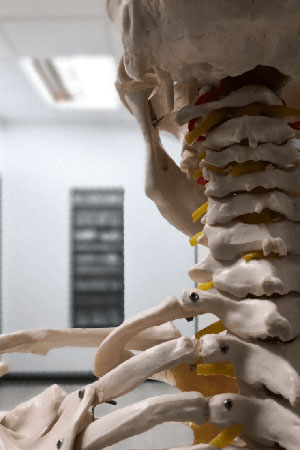The Fascia
The fascia is a sheath of connective tissue that stretches throughout the body creating a network connecting all parts of the body with each other. It wraps around every muscle fibre, nerve, artery and vein and every organ including the heart, lungs, brain and spinal cord. As such, it not only surrounds every structure individually but encompasses and connects the entire body from head to toe.
Andrew Taylor Still, the founder of osteopathy, emphasised the importance of fascia for the body, which is why the treatment of fascia has always been an integral part of the osteopathic approach.
Medical research has discovered the significance of fascia only in the last few decades.

The current understanding of fascia includes:
- The fascia as an important sensory organ – it allows us to be aware of our body and coordinates our movements.
- The fascia has a ‘memory’ of physical and emotional events.
- The fascia gives shape to our bodies and facilitates
- The fascia guides the flow of nutrients to cells and organs and plays an important role in our immune system.
- The fascia holds a quarter of our body’s water.
- The fascia is closely connected to the autonomic nervous system – it is affected by physical and emotional stress as well as calmness and well-being.
Once you realise how the body is permeated by this network of fascia it becomes clear why your osteopath will often work on areas away from where your symptoms present themselves.
Parietal, craniosacral and visceral osteopathy
Osteopathy works on various systems of the body:
- The parietal system including muscles, bones, joints, ligaments and fascia = musculoskeletal system,
- The craniosacral system, which is located between the cranium, spine and sacrum and includes the enclosed nervous system, the cerebral and spinal meninges, as well as the cerebrospinal fluid,
- The visceral system with the organs of the chest, abdomen and the pelvis, including the associated structures.
These systems are interconnected closely and affect one another. Stomach trouble, for instance, can lead to complaints in the chest or the back, a stressed liver may induce shoulder problems.
For this reason the osteopathic treatment approach always considers all 3 systems.



